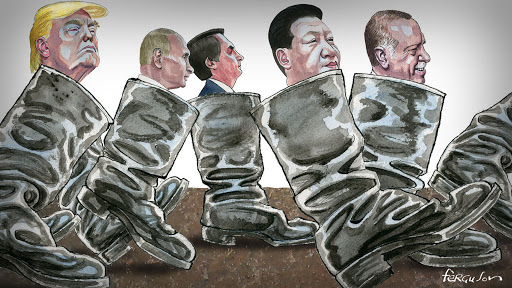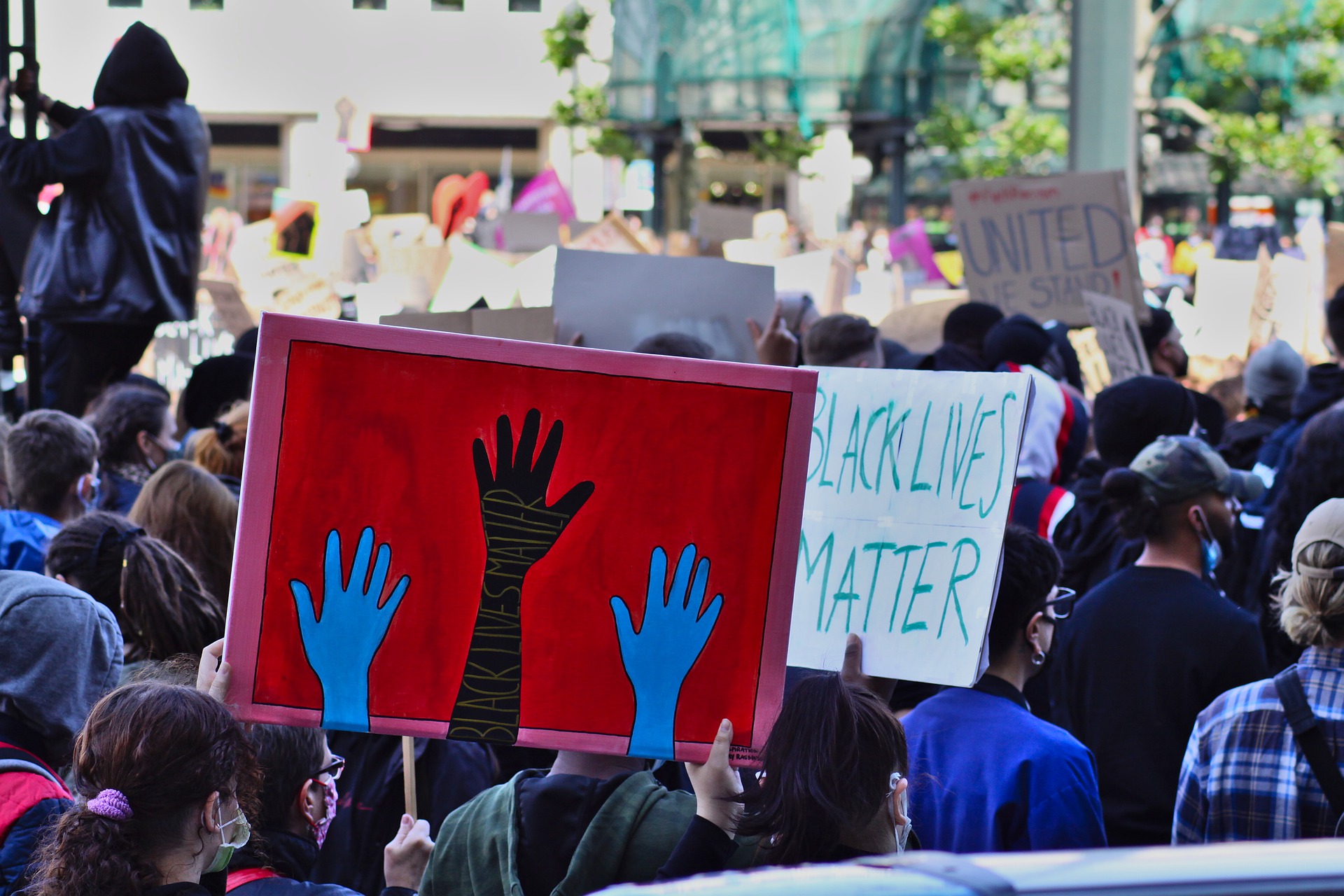The new soldier is a courier of the vote.
Designated courier’s in districts, from a block or building level, to a town level, to a district level and finally to a county elections board office – delivery by volunteer courier. The VoteCourier. No longer will people need to feel their vote doesn’t count, because with the VoteCourier, every ballot of a registered voter counts.
This is similar to any reverse logistics system and would be a volunteer like any courier during wartime. Because this is a war, the battle is fought on November 3 2020, and the soldiers are the voters. Couriers are the front lines, and every block, like in WWII, and every apartment building, couriers play a vital role.
The reverse logistics is when ballots are brought in mass from each courier level to the next, in the same way any large mail in system is used, like when a census is performed, or recycling of used electronics, or depleted ink cartridges are returned. Instead of the mail there would be the local VoteCourier.
How VoteCourier Works
The way to implement this plan is by word of mouth in areas with the highest density of vulnerable populations. One of the features of the VoteCourier system to get everyone involved, to open a door for everyone to vote, safely, from home, in a way that is guaranteed against fraud of any kind. It is done by people everywhere and can be used in any region or locality.
The infrastructure is already in place with volunteers from local streets and apartment complexes being able to pick up ballots locally without a great deal of stress.
If there needs to be a fee, that can be arranged, something like postage, a transaction fee, but it would be negligible less than one dollar. And the costs can be absorbed into systems like advertising and programs already in use, such as on the bottom of a flyer, or during a voter or elections event online.
In those locations
- VoteCourier is chosen for a block, building, area
- Courier is accepting calls and emails from registered voters for a courier to pick up a completed sealed ballot
- A transaction code is generated, and only attached to the voters registration file – as confirmation
- ballot would be placed in a (Amazon type) soft plastic envelope with a courier transaction number.
- These special envelopes are made in such a way that it can not be reopened without damage.
- As the ballots are gathered, for a block, a building, a district, the transaction code is raised to its next completion level, until delivery and confirmation from the county clerk or elections official is received.
- The official would not give anything other than receiving a package, each ballot is itself a confirmation of the transaction.
Transaction Code Can Be Optional – It’s the Courier That Matters
The Courier could be credentialed through the smartphone, with a transaction number that matches the envelope, and the client, and is generated randomly – or deliberately – blindly – so no one can – there is no clearing house used – no single place that holds the ballot location and transaction numbers – no app to hack, or database to breach – only the transaction numbers – linked to an account that is a registered voter. They are already in the system.
The Process of Pickup
The voter calls or contacts the courier for pickup – it is local so no one is waiting – or scheduling through single system – the only place where information is stored is locally – for the ease of application – the VoteCourier account, name, address, contact, (to contact them you should use signal – it is free and there is no premium – it is just free heavily encrypted text messaging)
Trans Code – Can be Added
With the transaction number, corresponding to a particular voter, even if something were to happen to ballot, such as tampering or stolen, the unique transaction number confirms one person one vote.
The systems to do this are already in use, and can be tailored to a system that can be duplicated easily and accurately. It is very similar to a primary vote, but without the need to show up.
Challenges
- Collecting ballots, for delivery at a particular time (Meeting deadlines)
- Writing down Transaction Numbers On a slip of paper (lost, wrong number etc)
- The security of the system is the main challenge, as there must be a way to contact, record and generate information, even if it’s mainly local and mainly blind.
- If used, The transaction numbers are generated at the time of transaction and are only used for confirmation of a transaction at the point of pick up and in the case of some kind of mixup or fraud, brought by an outside party – if the transaction number is generated and the voter has that number, and the ballot is delivered – that is a guarantee of safety. But can not be used for tracking a vote, this would be a violation of election law.
The home domains are already bought and a tentative plan for execution are being worked on based on realistic timelines and infrastructure
The roll out is to try and bring this to voters where mail is being heavily delayed and rollout through already in place infrastructure.
If you like this plan, please reach out at




